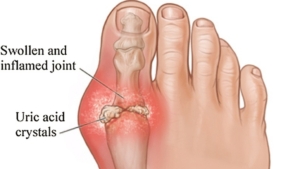
A Bioeconomy PPP the next generation in collaboration
As Horizon 2020 takes shape, I was keen to read about the new public private initiative that will target the bioeconomy. Public private partnerships mark a significant change in how collaborative research is undertaken in Europe, and they are a logical progression from the requirement to work across national borders.
The need to work more effectively through the value chain is an unsolved challenge, and PPPs can help break down borders. The groundwork for partnerships bet-ween the public and private sectors has been in put in place over the last few years within the life sciences, while a healthcare equivalent – the Innovative Medicines Initiative (IMI) – has provided interesting insights that could help teach us how to optimise a new generation of PPPs. One of the curious elements in the IMI is the fact that the ‘private’ side of the equation only includes large pharma companies, which collaborate with SMEs and academic researchers on the ‘public’ side. There was a noticeable gap in the company chain between SMEs and Big Pharma firms, as non-SMEs are not eligible for funding. This has always been odd, as many non-SME companies play a key role in the healthcare value chain, and also because you can’t expect a smooth transition from the advanced technologies in academia and early-stage risk of SMEs into the close-to-market activities and structures demanded by companies at the other end of the chain.
A broader bioeconomy
The Biobased Industries Consortium (BIC) is behind the Bridge 2020 Public Private Partnership that aims to transform bioeconomy research and exploit-ation in Europe. Almost fifty companies – both large and small – have committed to the programme, giving it a budget of a2.8bn from the private sector boosted by a1bn from European Commission coffers. That’s great news, as we know how fragmented life science value chains are. The bio-economy, which is trying to move cutting-edge tech into traditional and highly diverse sectors, poses a particular challenge. For a collaborative effort to truly deliver bioeconomy technologies to the market, you need to engage players at every stage of the chain. A clear market pathway that is defined by companies throughout the chain is going to be more effective than one defined by companies perched at the far end (and undergoing their own personal crises). I have high hopes for this Public Private Partnership. Europe is often slow and complex, but it is the only region in the world that makes a huge effort to cross difficult boundaries, and the rewards will come. Go bioeconomy – we’re behind you all the way!


 John Kiel - wikipedia
John Kiel - wikipedia Sanofi
Sanofi FIDA Biosystems ApS
FIDA Biosystems ApS